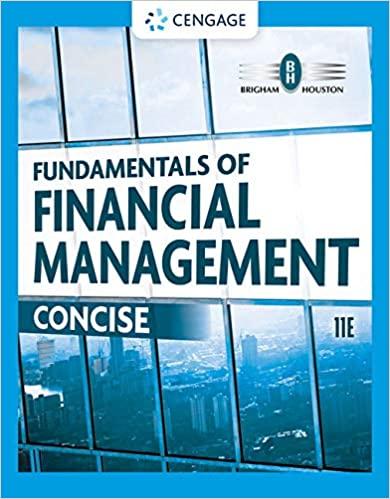Question
Suppose that two stocks, A and B, have the same beta = 1. The standard deviations of the idiosyncratic returns for the two stocks, A
Suppose that two stocks, A and B, have the same beta = 1. The standard deviations of the idiosyncratic returns for the two stocks, A and B, are the same and equal to 30% (Using the notation in our class, A = B = 30%). Suppose that an analyst uses CAPM to study the two stocks, and finds that stock A has an alpha of 2% and the stock B has an alpha of 2%. Suppose the analyst buys $10,000 of stock A, and short sells $10,000 of stock B. (Hint: If CAPM holds, then expected return of any stock i is Ri = i + Rf + i(Rm Rf ) + i. Rf is the risk-free return, Rm is the market return and i is the idiosyncratic return. The expectation of the idiosyncratic return for any stock is equal to 0%. Think about the covariance of idiosyncratic returns for any two stocks.)
What is the expectation & standard deviation of the analyst's profit?
Step by Step Solution
There are 3 Steps involved in it
Step: 1

Get Instant Access to Expert-Tailored Solutions
See step-by-step solutions with expert insights and AI powered tools for academic success
Step: 2

Step: 3

Ace Your Homework with AI
Get the answers you need in no time with our AI-driven, step-by-step assistance
Get Started


